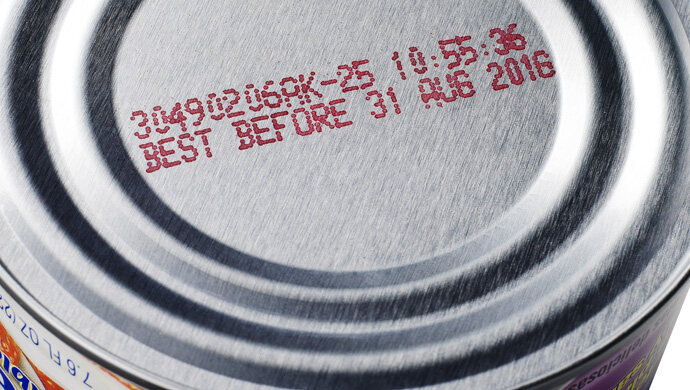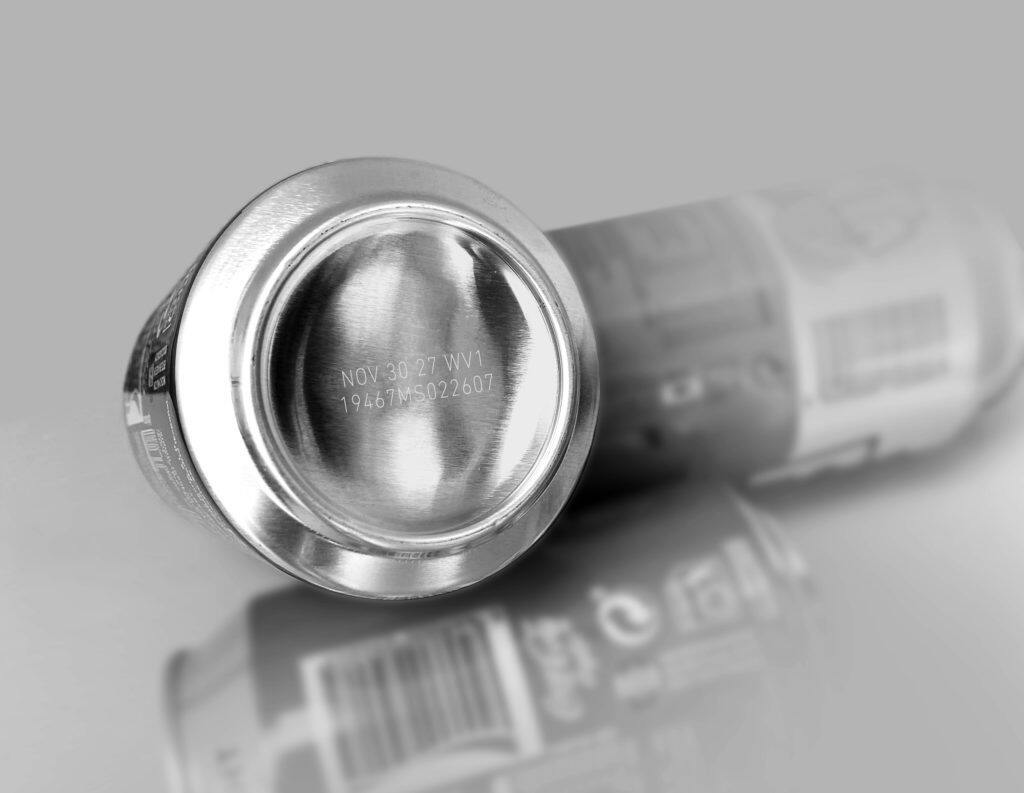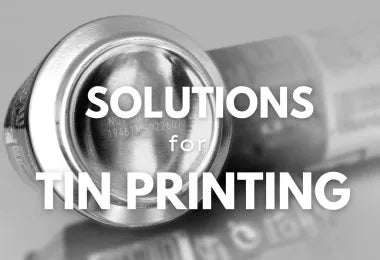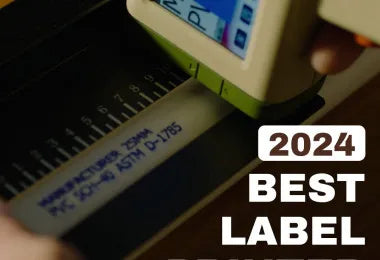Printing on Tin Products: Top Solutions and Comparisons
Tin is an essential component in various industrial applications, ranging from aerospace part production to food and beverage canning. Its properties such as being affordable, malleable, and corrosion-resistant make it a go-to material. However, for compliance and traceability, it is crucial to have reliable tin marking solutions. Let's explore the leading technologies for tin printing.
Continuous Inkjet Printers (CIJ)
CIJ printers are the stalwarts of industrial printing on tin, known for their ability to handle high-speed production lines with ease. These printers are designed for continuous operation, making them suitable for environments where production halts are not an option. They are the ideal solution when speed and efficiency are the top priorities.
Operation: CIJ printers propel pressurized ink droplets onto the substrate without contact, functioning at high speeds (~320 m/min).
Advantages:
- Fast printing speeds, maintaining efficiency in high-volume environments.
- Capable of uninterrupted operation, often up to 24 hours.
- Suitable for both flat and curved surfaces, providing flexibility in product marking.
Ink Variety: Compatible with a wide array of inks, including specialty inks that can withstand extreme conditions.
Cost: Generally low to moderate unit cost with cost-effective consumables.
Disadvantages:
- Limited resolution, which may affect the crispness of the final print.
- Smaller print heights compared to other technologies, limiting code size.
Thermal Inkjet Printers (TIJ)
TIJ printers are more compact and user-friendly, offering a convenient and cost-effective solution for tin printing. The hand label printer is perfect for small to medium-scale operations where space and budget constraints are a concern, without compromising on print quality.

(Image Credit: https://www.videojet.co.za/)
Operation: Uses thermal technology to eject ink, making direct contact with the substrate.
Advantages:
- High-resolution printing, ensuring clear and legible markings.
- Lightweight and easy to integrate into existing production lines.
- Generally more affordable upfront investment compared to other technologies.
Print Quality: Excellent quality with durable markings.
Speed: Moderate to high-speed capabilities, adaptable to various production demands.
Cost: Lower initial costs but higher consumable expenses.
Disadvantages:
- Generally slower printing speeds compared to CIJ, potentially impacting productivity in high-throughput settings.
- Consumables for TIJ printers can be more expensive, which may increase the overall cost of operation over time.
Fiber Laser Marking Machines
Fiber laser marking machines represent the pinnacle of precision and permanence in tin marking technologies. These machines are typically used in situations where permanency and high detail are required. They are particularly well-suited for operations that prioritize indelible markings and can afford a higher upfront cost for long-term savings and efficiency.

(Image Credit: https://www.macsa.com/)
Operation: Emits a focused laser beam to etch markings directly onto the tin substrate, offering a non-contact marking solution.
Advantages:
- Extremely fast, with the ability to code thousands of characters per second.
- Continuous operation around the clock, ideal for demanding industrial environments.
- High-contrast, high-resolution markings for the utmost clarity and precision.
- Minimal maintenance and no need for consumables, significantly reducing long-term costs.
Print Quality: Outstanding quality with high durability, ensuring markings withstand harsh conditions.
Cost: Higher initial investment but more cost-effective in high-volume settings due to low running costs.
Disadvantages:
- The significant upfront cost can be a barrier for some businesses.
- Safety measures are necessary to protect operators from laser exposure.
In sum, each tin printing technology presents its own set of features that cater to different industrial needs. CIJ printers offer unparalleled speed for high-volume production lines. TIJ printers provide excellent resolution and are suitable for businesses that require quality printing on a budget. Fiber laser machines are the best choice for operations that need precise, permanent markings and are willing to invest more initially for lower operating costs in the long run. When choosing a tin printing solution, it is important to consider the specific needs of your operation, including the desired marking speed, print quality, the complexity of the codes, and budget constraints.
Want More Help Printing on Tin? Contact Bentsai Today!
At Bentsai, we understand the diverse needs of businesses when it comes to printing on tin. That's why we offer a range of handheld TIJ printers that are not only portable but also sized differently to suit for small-to-medium business environments perfectly. With over 10 years of rich experience and more than 100 patents to our name, we have the expertise to help you find the perfect marking solution for your unique setup. Our printers are designed with ease of use in mind, ensuring you can achieve high-quality prints without the need for extensive training or complex setup processes. Contact us today to discover how our cutting-edge technology can streamline your tin printing process and support your business goals.




